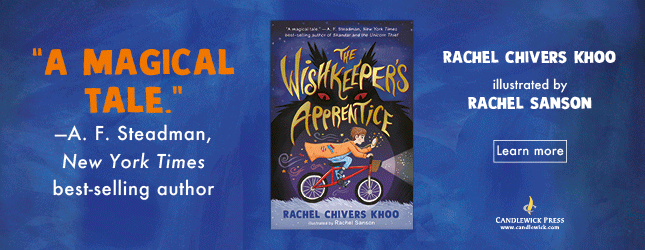Review Detail
Middle Grade Non-Fiction
463
Iowa's pick for the National Statuary Hall Collection
Overall rating
4.7
Writing Style
5.0
Illustrations/Photos (if applicable)
4.0
Learning Value
5.0
Born in 1914 in Iowa to Norwegian parents, educational opportunities were not a sure thing for Borlaug. At the time, most children (including many of my relatives!) only went through the 8th grade, since help was needed on the farm. Because the Borlaugs weathered the crash of 1929 better than many of their neighbors, he was able to stay in school, and even took courses in agriculture. He played sports, and a coach suggested that he apply to Iowa State Teachers' College; he would even help the young man find a job. Borlaug saved up money and dreamed of going to college, but a chance trip to Minnesota with a friend lead to him applying to the University of Minnesota! He got in, even though his courses were a bit lacking, and supported himself by working at a diner in exchange for food. There, he met his future wife, and learned how important not being hungry is to getting on in life. He studied food science, which led to him being hired by Dupont (at the impressive salary of $2,800 a year in 1941-- in 1960, my mother was earning $3,000 as a teacher!) This eventually lead to work on the war effort, which was considered essential and kept him out of the service. When the war was over, he worked on solving the problems with wheat crops in Mexico. They were plagued by rust, and Borlaug fought to have test crops that he cross pollinated, and even had crops in two different areas of the country, a practice that wasn't much used but which worked to his advantage. While he was able to produce plants that would not fall victim to rust, the plants were top heavy. He tried many things, but it was a chance encounter with a dwarf Japanese wheat that enabled him to engineer a plant that was rust resistant, sturdy, and yielded more wheat. It was difficult to get farmers to use this new variety, but once he did, the wheat crops produced enough wheat to solve some of the problems with food production in Mexico. Not one to rest on his laurels, Borlaug turned his attention to food production in India and Pakistan, winning the Nobel Prize in 1970 for his efforts.
Good Points
I learned several different things from this book, which is always a good thing! I hadn't been aware of the fact that there was a potato famine in Norway similar to the Irish one, and that was why there were so many farmers of Norwegian descent who moved to Iowa, and I hadn't realized how devastating the agricultural problems were in Mexico and India.
The highest compliment I can pay any children's biography is that it reminds me of the Childhood of Famous Americans books I was addicted to in elementary school, and Hero for the Hungry is readable in this same way. Kalda's illustrations are a great accompaniment to a 20th century success story similar to that of Philo T. Farnsworth.
Young readers won't pick up on the interesting Joy in the Morning (Betty Smith) vibe of Borlaug's college career, but that's what this made me think of. Life was certainly very different in the first half of the 20th century, and I love any book that shows this to my students.
When I was done reading this, my first thought was "I wonder is Iowa has a statue of Borlaug in the Capitol. And they do! Image: https://www.aoc.gov/explore-capitol-campus/art/dr-norman-e-borlaug-statue
The highest compliment I can pay any children's biography is that it reminds me of the Childhood of Famous Americans books I was addicted to in elementary school, and Hero for the Hungry is readable in this same way. Kalda's illustrations are a great accompaniment to a 20th century success story similar to that of Philo T. Farnsworth.
Young readers won't pick up on the interesting Joy in the Morning (Betty Smith) vibe of Borlaug's college career, but that's what this made me think of. Life was certainly very different in the first half of the 20th century, and I love any book that shows this to my students.
When I was done reading this, my first thought was "I wonder is Iowa has a statue of Borlaug in the Capitol. And they do! Image: https://www.aoc.gov/explore-capitol-campus/art/dr-norman-e-borlaug-statue
Comments
Already have an account? Log in now or Create an account



































